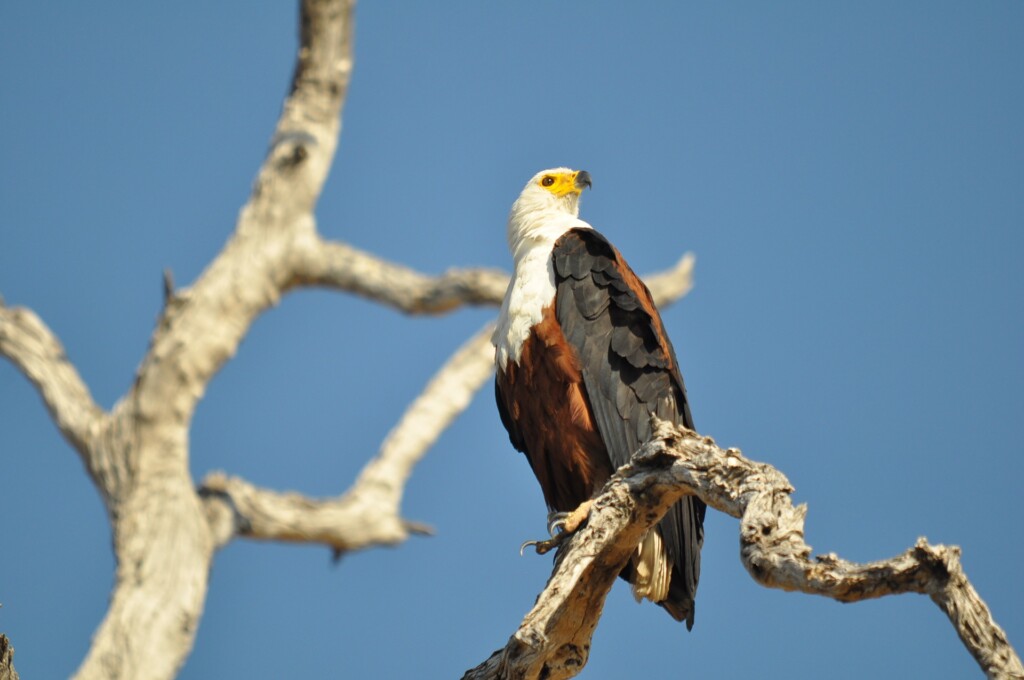The Naute Recreation Resort surrounds Namibia’s second largest dam, the Naute. The dam was constructed from 1970 to 1972 to capture the Löwen River and its tributaries, which later feed into the Fish River. The resort is situated about 42 km south-west of Keetmanshoop and supplies the town with water. A successful irrigation project was initiated below the dam wall in 1991 and date palms and grapes are currently cultivated here. A small game reserve surrounds the dam.
Proclamation: Naute Recreation Resort in 1988
Park size 225 km2

Natural features: Dominated by grassy plains with small shrub species. Trees grow in river washes. The dam has several sandy shores, shallow bays and islands.
Vegetation: Nama Karoo Biome.
Vegetation types: Dwarf Shrub Savannah, Karas Dwarf Shrubland. Camel-thorn (Acacia erioloba), sweet-thorn (Acacia karroo), water acacia (Acacia nebrownii), wild tamarisk (Tamarix usneoides), trumpet-thorn (Catophractes alexandri) and quiver tree (Aloe dichotoma).
Wildlife: Gemsbok, springbok, klipspringer, steenbok, duiker. The 164 bird species recorded include African Spoonbill, South African Shelduck, African Fish-Eagle, and African White Pelican.
Tourism: Camping, angling and boating permits are obtained from the MET. Campsites with ablution facilities and a kiosk (under NamWater concession). With the exception of a small area along the southern bank of the dam, the game park is closed to the public.
Key management issues: Littering, chopping of trees and disturbance to game and birds by humans is a problems. MET staff do not have jurisdiction in all areas of the park. People enter illegally to reach angling areas. Poaching has been a problem in the past due to secondary roads bordering the park. Snares and traps are sometimes found, but good law enforcement has controlled poaching. The staff infrastructure is limited. There is no permanent electricity supply and water is transported 15 km by vehicle.
Future plans: Possible management with the neighbouring Gawachab Conservancy is envisaged, as well as the development of a 600-hectare area on the southern bank for tourism purposes.


